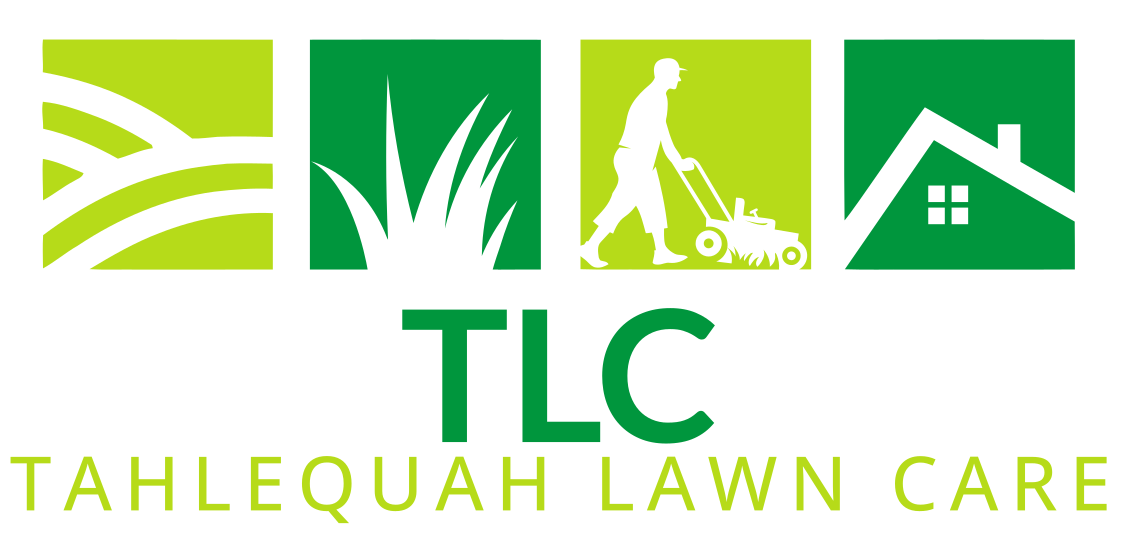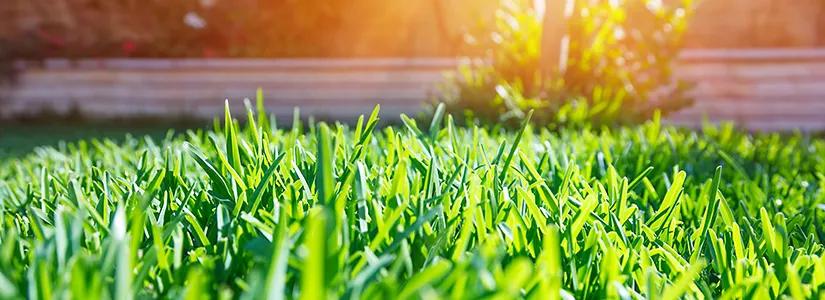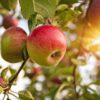Oklahoma has a real mix of climates resulting in a largely pleasant environment that’s not too harsh on plants.
Plant the right things in the right places and there’s no reason why you cannot have a lush green garden all year round.
Grass is a case in point.
There are 4 dominant grass species in Oklahoma:
- Bermudagrass
- Kentucky bluegrass
- Tall fescue
- Zoysiagrass
Each species is able to cope with heat, humidity and ever-changing climate, making them perfect for Tahlequah and the whole of Oklahoma.
Let’s take a look at each type of grass so you can assess which would be best for your garden.
Bermudagrass
Bermudagrass is what you’ll see in most gardens in and around Tahlequah. It’s popular because it can cope with our climate, is resistant to drought yet can cope with lots of rain. It can handle the cold relatively well too.

It does require a steady stream of sunshine though. Shaded lawns won’t fare so well with Bermudagrass, so is mainly for lawns with lots of direct sunlight.
It’s also able to survive constant use, making it ideal for gardens, children’s playgrounds, athletic fields, parks, outdoor spaces and anywhere with a lot of foot traffic.
Lawns made of Bermudagrass can survive most things well, which is why it’s so common in our yards.
Type: Warm-season grass
Light requirement: High with little tolerance for shade
Moisture requirement: Medium with a high tolerance for drought
Foot traffic tolerance: High
Maintenance: Bermudagrass is a relatively low maintenance grass that requires full sunlight and doesn’t handle shade very well. You’ll need to fertilize it in warmer months using a slow-release product. Will require regular mowing and aeration when it grows thicker.
Bermudagrass comes in several types that are ideal in different conditions. It is also known as Dhoob, dūrvā grass, ethana grass, dubo, dog’s tooth grass, Bahama grass, devil’s grass, couch grass, Indian doab, arugampul, grama, wiregrass and scutch grass.
Kentucky bluegrass
Kentucky bluegrass is another common type of grass you’ll see in Tahlequah. It isn’t as suited to the conditions as Bermudagrass, but with proper care, it can thrive and provide lush green lawns.
Kentucky bluegrass also requires steady sunshine but can cope with shade as it’s a cool climate grass. It’s also hardy and can cope with droughts and lots of use as long as there is adequate sunlight.
Kentucky bluegrass has a tendency to thicken and thatch so maintenance is key. Keeping the grass maintained can deliver a rich lawn with a soft texture, ideal for gardens and family use.
Type: Cool-season grass
Light requirement: High with tolerance for shade
Moisture requirement: Medium with a medium tolerance for drought. It can cope with drought but fares better when kept hydrated
Foot traffic tolerance: High when in full sun and medium when shaded
Maintenance: Kentucky bluegrass needs maintenance. It needs to be kept hydrated and aerated and fertilized twice a year. Ideal height is 2.5 inches, but it can cope reasonably well longer or shorter.
Kentucky bluegrass is also known as Poa pratensis, smooth meadow-grass, or common meadow-grass. It’s popular in northern Oklahoma but is also common near Tahlequah.
Tall fescue
Tall fescue has similar characteristics as Kentucky bluegrass but works better for shaded lawns and gardens. The two grass species can be effectively mixed to provide a wide tolerance to conditions in certain situations.
Tall fescue is another cool season grass but can survive and even thrive in Oklahoma. It needs some maintenance but provides a soft coverage with a moderate tolerance for frequent use.
It isn’t quite as robust as Bermudagrass, but can deliver a fine lawn of lush green grass in a wide variety of situations.
Type: Cool-season grass
Light requirement: Medium with good tolerance for shade
Moisture requirement: Medium with a lower tolerance for drought. It will require watering in summer months to keep it green.
Foot traffic tolerance: Medium when in full sun and lower when shaded
Maintenance: Tall fescue can be susceptible to disease and drought so will need more monitoring than other types of grass. In return, you’ll get a rich green lawn with fine blades and a very pleasing lawn.
Tall fescue is best kept between 2.5-3 inches high but can cope with being left longer or cut slightly shorter if required.
Zoysiagrass
Zoysiagrass is native to Asia and Australia and was imported into the US back in the 19th century. It is popular on golf courses as it provides a smooth lawn and is relatively disease-resistant.
Zoysiagrass is slow-growing so will need less mowing but will take longer to turn from turf into a workable lawn. It is resistant to drought and daily use though, so returns on your investment in spades.
Zoysiagrass needs regular aeration and thatch removal but is otherwise capable of thriving in the Oklahoma climate. It’s a good option for a range of uses but is best grown from turf rather than seed.
Type: Warm-season grass
Light requirement: Medium with medium tolerance for shade
Moisture requirement: Medium with a medium tolerance for drought.
Foot traffic tolerance: Good when in full sun
Maintenance: Zoysiagrass needs to be kept moist but requires less fertilizer than other species. It is susceptible to disease, so vigilance is key to ensuring healthy grass.
Zoysiagrass can cope with mowing well and thrives when kept at 1-1.5 inches high, which is one reason why it’s popular on golf courses. It is also susceptible to drought and disease so vigilance is important even though it’s low maintenance.
How to choose the right grass for your lawn in Tahlequah and surrounding areas
Each of these four grass types will do well in Tahlequah, but if you’re planning to build a new lawn from scratch, here are some pointers.
Light levels – If your new lawn has full sun, you can use any of these grasses. If you have shaded areas, Tall fescue, Kentucky bluegrass or a combination of both.
Maintenance requirements – Are you planning to mow your own grass and fertilize or hire in our experts? Zoysiagrass is low maintenance but requires monitoring, the other species will require slightly more maintenance.
Moisture availability – How dry is your soil? How much rain will your lawn get? Bermudagrass can tolerate drier conditions best while the others all require moisture to avoid going dormant.
How hardy do you need your lawn to be? – Will it be an ornamental lawn or be used for play? Bermudagrass is the hardiest and can cope with heavy use while the other species can cope reasonably well with use as long as they aren’t in shade.
If you’re unsure of what grass to choose for your lawn, contact the experts at Tahlequah Lawn Care. We would be happy to assist.




